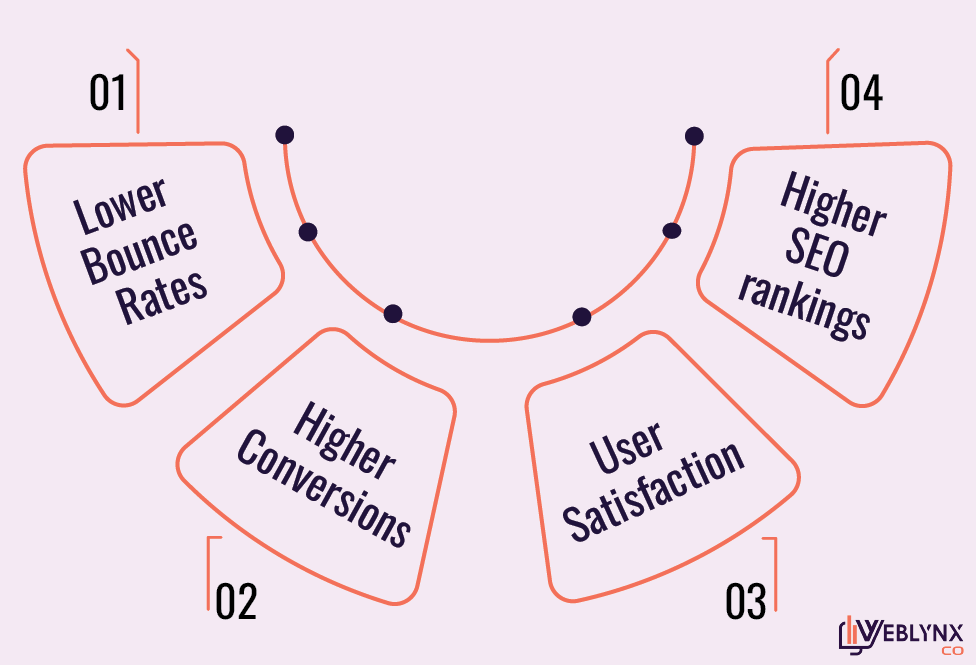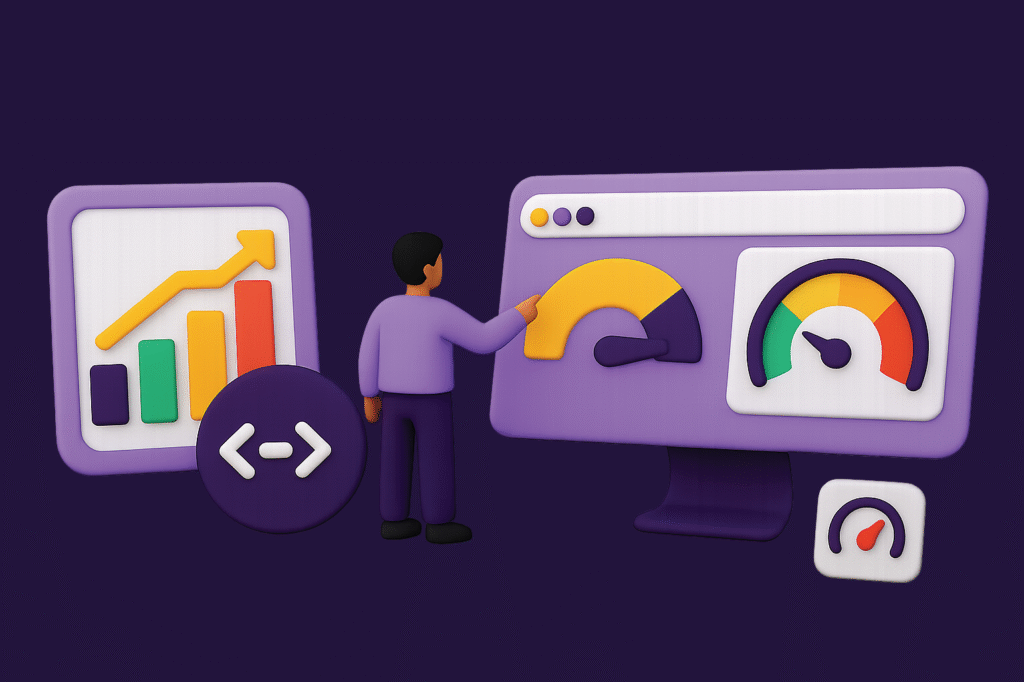Speed is now one of the most critical factors for success in the online world. If you’re managing your blog or operating an online store, one crucial concern is What can I do to improve the performance of my site? This isn’t just about user experience. It directly affects your SEO rank and bounce rates, and conversion rates. A slow website could create a negative impression on users, sabotage your reputation, and even put your competitors to shame. Let’s discuss practical, effective, and lasting strategies to enhance the efficiency of your website and boost engagement, and provide an experience for users that is seamless and that users will love. Learn more about our approach to site optimization through our core platform .
Why Website Speed Matters More Than Ever
Before we discuss the possible solutions, take a look at the reasons you need to be worried. Within just three seconds, users have decided. In accordance with google search, the majority of smartphone users quit websites that take more than 3 minutes to load. The main question concerns what I can do to increase the performance of my site without a lot of money or rebuilding all of it. Here’s what speed enhancement could do for you:
- Lower bounce rates
- Higher SEO rankings
- Increased satisfaction for the user
- Higher conversions and a higher ROI

Run a Performance Audit
Before any changes to your site making changes prior to any changes being made, you need to be aware of the location of your site. Make use of tools such as PageSpeed Analytics, GTmetrix as well and Pingdom’s tools to assess your website’s loading speed as well as provide useful suggestions. Best Practices: Keep these instruments in mind for regular checks of the performance of your website. You can then share them with the web development company when working with any of them.
Optimize Images Like a Pro
One of the main speed-killers can be the sheer size of poorly optimized images. The capability to reduce images without sacrificing quality may greatly enhance the speed of websites. Try these alternatives:
- Utilize the WebP and AVIF formats in order to obtain higher compression
- Install Image optimization software (e.g., ShortPixel or Smush for WordPress)
- Lazy loading is a method to delay images from being displayed
Minify CSS, JavaScript, and HTML
A cluttered or overflowing code file can make loading your website difficult. If you go through reduced codes, they remove any extra spaces or characters, as well as comments, without impacting the functionality. This is an essential step in answering the query: How can I increase your speed on my site? Use tools like Minifier Tool .
Use a Content Delivery Network (CDN)
CDNs are a great way to disperse your content on multiple servers around the world. This minimizes the distance between you and your website and the servers. This is often overlooked when it comes to improving websites’ performance, but it could provide a significant speed boost. This is an excellent chance to integrate an affiliate link or another into CDN. This is a great opportunity to incorporate affiliate links or other links into the CDN service. The most popular CDN services:
- Cloudflare
- Amazon CloudFront
- Bunny.net
Leverage Browser Caching
If visitors visit your site on their first visit, the browsers keep static files like logos, images, CSS, or even images, by enabling caches for browsers to reduce load times for visitors who return. Create an expiry timer for headers of caches to determine the length for which files will remain in browsers.
Choose a Better Hosting Provider
You might be thinking, “How can I improve my website speed without touching the code?” Start with selecting a reliable hosting option. Shared hosting isn’t expensive; however, it could slow down your website during peak traffic hours. You might think about changing to:
- WordPress hosting (managed by WordPress)
- Cloud hosting or VPS hosting
- Host providers that offer SSD storage as well as support for HTTP/2
Of course, hosting is just one piece of the puzzle. Speed, scalability, and user experience all improve when backed by full service web development, where everything from performance optimization to design and functionality is handled with a complete approach.
Improve Mobile Responsiveness
When designing a website, it’s important to remember that it’s not just about desktops anymore. In fact, the majority of web traffic now comes from mobile devices, making mobile optimization absolutely essential. This involves creating adaptive layouts that adjust seamlessly to various screen sizes, using readable fonts that load quickly and don’t appear clunky, and ensuring that all elements on the page are touch-friendly for smooth user interaction.
Limit Third-Party Scripts & Plugins
Although external scripts and plugins provide additional functions, they can also increase the size of your site. The scripts that aren’t utilized or outdated should be disposed of regularly. Examine your
- Chat widgets
- Analytics Tools
- Advertising services
- Social share buttons
Use tools such as Tag Manager to manage them effectively. Although external scripts and plugins can enhance your website by adding useful features and functionalities, they often come at a cost slower load times and increased page size. That’s why it’s important to regularly audit and remove any scripts that are outdated or no longer in use. Pay close attention to elements like chat widgets, analytics tools, advertising services, and social share buttons. While they may serve a purpose, having too many or poorly optimized versions can negatively affect your site’s speed and performance. If you’re asking yourself how can I improve my website without compromising essential functionality, one of the best places to start is by cleaning up and optimizing your third-party scripts. Regular cleanups help maintain a lean, efficient website that delivers a faster and smoother experience for users.
Use GZIP Compression
GZIP compression is a powerful way to reduce the size of your website’s files before they’re sent to the browser. By compressing HTML, CSS, JavaScript, and other text-based files, you can significantly decrease load times and improve overall performance. When a browser receives compressed content, it quickly decompresses it and displays the page to the user making the entire process faster and more efficient. Enabling GZIP compression on your server is a simple yet highly effective step toward optimizing your site speed and delivering a better user experience. GZIP reduces the size of websites before sending them to users. It’s an easy fix that offers huge benefits for speeds of load speeds. It’s possible to turn it on by using your:
- .htaccess fichier
- The settings of the hosting service provider
- Caching-related plugins
Work With a Full-Service Web Development Team
If you think these steps are too complex, working with an expert web design team can make it easier for you to avoid errors. They’ll enhance everything from backend speed to frontend user experience. Many agencies also provide valuable services beyond just building websites they offer ongoing performance monitoring to ensure your site runs smoothly and efficiently. If you’ve ever wondered how can I improve my website without getting overwhelmed by the technicalities, a professional team can guide you through it. They also conduct thorough security audits to protect against potential threats and tailor every modification to fit your business’s unique needs, ensuring your site aligns perfectly with your goals and customer expectations.
Bonus Tips to Improve User Experience While Boosting Speed
Here are some easy yet clever web enhancement changes:
- Use default fonts (to stop the fonts that aren’t good from loading quickly)
- Don’t click popups that result in a delay in the rendering
- Reducing redirects
- Utilize asynchronous loading to load JSON files
- Use clear navigation (which could also help SEO)
Conclusion: How Can I Improve My Website Speed in 2025 and Beyond?
Let’s finish the circle. If you are searching answer for what I can do to increase the speed of my website. Do you know that you have a myriad of tools available to boost performance? They include technical solutions such as compressing and caching, to strategies that are based on design elements, like responsiveness to mobile and higher quality fonts. A faster website doesn’t just handle more traffic it can also lead to better business outcomes by improving user experience, increasing engagement, and boosting conversions. To achieve this, start by regularly assessing your site’s speed to understand where it stands. Next, identify the specific elements that are causing slowdowns, such as heavy images, optimized code, or third-party scripts. Finally, make it a habit to continuously develop your skills in web optimization and monitor your progress over time. This ongoing improvement ensures your site stays fast, efficient, and competitive. If you’re still wondering how can I improve my website, our team can help you with tailored guidance and expert insights. Initiate contact with our team.



